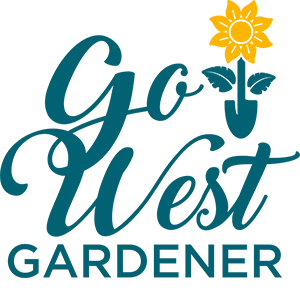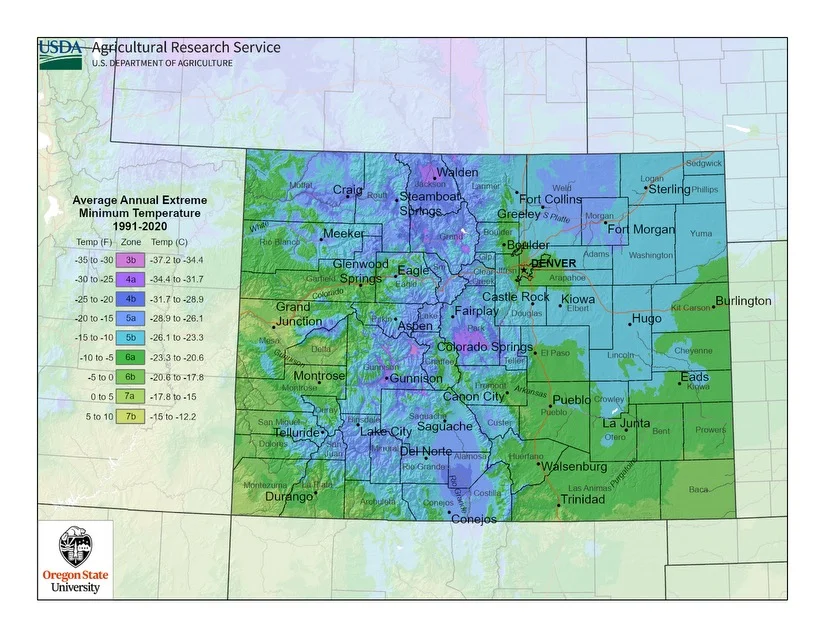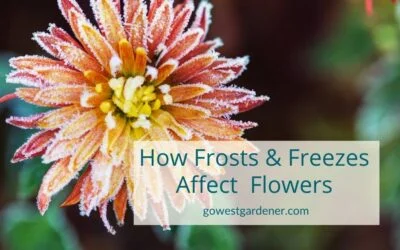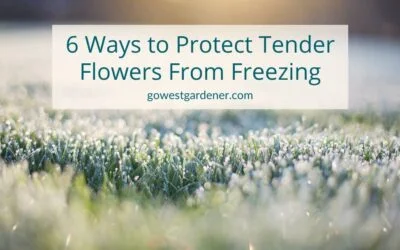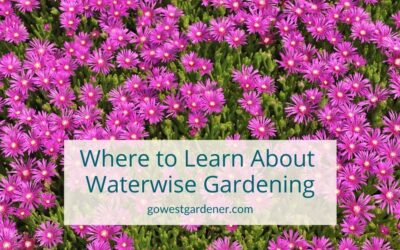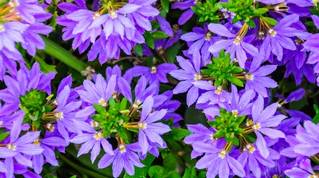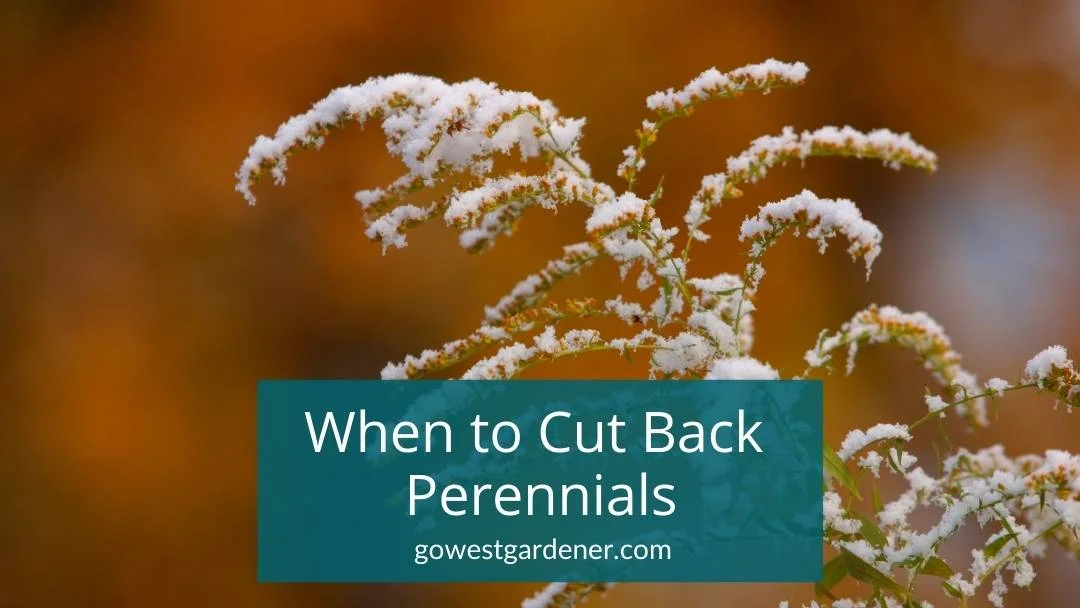Colorado has 5 plant hardiness zones: 7, 6, 5, 4 and 3.
If you’re new to plant hardiness zones, they tell you whether your flower plants are likely to survive the coldest winter temperatures that are expected in your area and come back next year.
(For the full scoop on hardiness zones, check out: What is a plant hardiness zone? And why they matter.)
So, what plant hardiness zone is your Colorado garden? It depends on where you live, as you can see in the USDA Plant Hardiness Zone Map for Colorado below. Scroll down this page for specifics.
Areas with warmer winters have higher zone numbers. They’re in green. Areas with colder winters have lower zone numbers. They’re in purple and pink.
Let’s look at plant hardiness zones in Colorado in broad strokes:
- If you live in the hottest parts of Colorado — like the southwest corner and parts of the Grand Junction area — you’re likely in plant hardiness zone 7. Surrounding areas are in zone 6.
- Much of the Front Range is in zone 5.
- But if you live in an urban corridor — like parts of Denver, Aurora, Boulder and Fort Collins, as well as parts of Colorado Springs — you’re likely in zone 6a. Buildings and concrete can heat things up. Much of Pueblo is in zone 6 too.
- At higher elevations, like up in the mountains, your plants often need to be able to withstand colder winter temperatures. (For every 1000 feet you go up in elevation in Colorado, temperatures drop about 3 to 4 degrees.) Your garden will likely have a lower plant hardiness zone number. The majority of mountain towns are in zone 4. Some are in zone 5 and a few are in zone 3.
There are exceptions to the “it gets colder as you go higher” guideline.
For example, if you live on a valley floor in Colorado, your garden can be up to 10-degrees COLDER than your neighbors on nearby hillsides or mountainsides.
Cold air slides down the slopes and settles on valley floors at night.
Another exception…
If you live on a north-facing slope, your garden may be a lot cooler and damper than the dry, heat-gathering gardens on south- and western-facing slopes.
And one more exception…
It’s possible to create “microclimates” in your garden that are warmer than the surrounding area. For example, you could include large boulders in your garden. Boulders and large rocks can radiate heat to surrounding plants and help block winds. Often times, flowers planted along the south and western sides of buildings or rock walls can receive more heat too.
Also worth noting… the USDA released an updated zone map for 2024.
With the new release, some parts of Colorado grew “warmer” in plant hardiness zones.
For example, my garden in the Front Range went from a 5b zone to a 6a zone. This means the lowest coldest temperatures that are expected where I live went from -15 degrees below zero to -10 degrees below zero.
But here’s something to consider. While our summer temperatures are getting hotter, it’s still possible that we can get a really cold winter. (Brutally cold winters just may not be as frequent.) Where I live, we’ve had winter temperatures reaching -15 degrees below zero and -17 degrees below zero in two of the last five years. Technically, these are still zone 5 temperatures. So, even though the USDA map says I’m 6a, I’m going to continue to think of my garden as zone 5. That way, I’m buying plants that are more likely to survive.
What’s the takeaway? Your local surroundings play a role.
The zone you’ll get from the USDA may not accurately reflect what’s going on in your individual garden in Colorado. You may want to adjust down a zone (for colder conditions) or up a zone (for warmer conditions). Just keep this in mind as you get your Colorado hardiness zone below!
To get the Colorado plant hardiness zone for your garden:
Click to the USDA website here and enter your zip code >>
